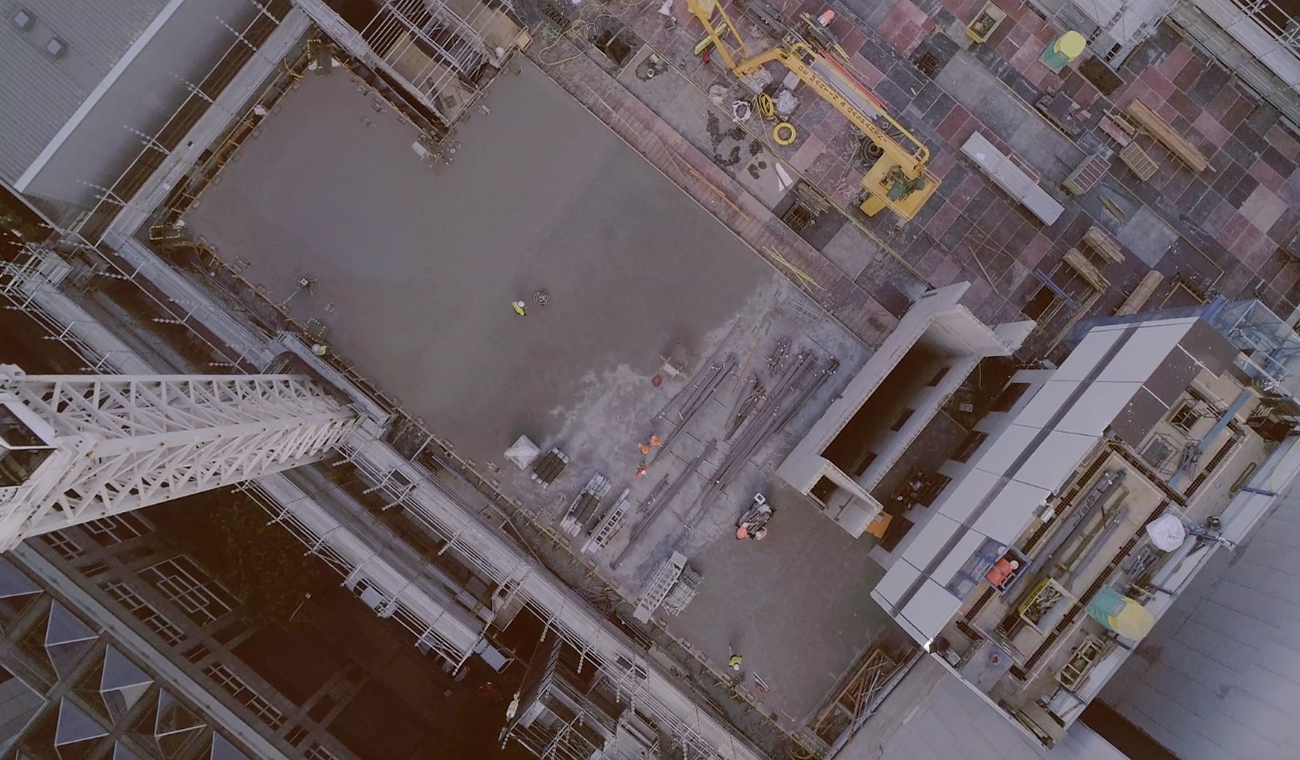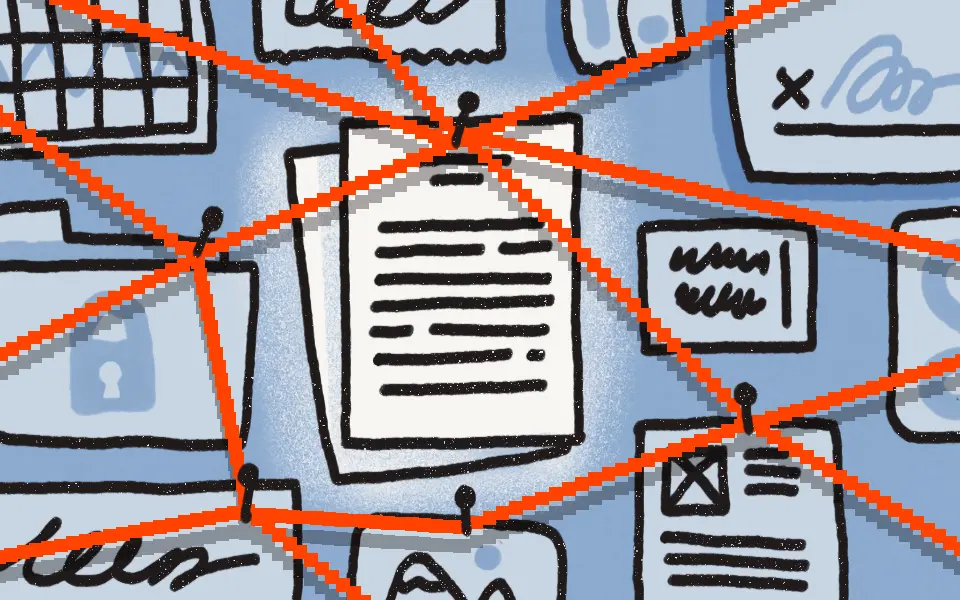
How technology is disrupting the construction industry
Published on January 17, 2018
Did you know the first skyscraper was built in Chicago in 1885? Considering that was around 100 years before the internet became commercially available, it’s remarkable what the construction industry was able to achieve without access to today’s technology.

The construction industry has always been innovative, from the engineering feats of the last century to newer construction methods that use sophisticated building modeling, 3D-printed building materials, and prefabricated facades.
Unfortunately, the construction industry’s adoption of new technologies has lagged behind other industries. According to McKinsey, the construction industry is one of the “least digitized industries in the world.” They estimate there’s an opportunity to add as much as $1.6 trillion to the sector’s value, or about 2 percent of the global economy.
With that much money being left on the table, saying there’s room for disruption in the construction industry is an understatement. Leading the charge are pioneering construction companies that aren’t afraid to do things differently.
Built is one of Australia’s largest and fastest-growing private construction groups, handling everything from $300 million new builds to small-scale retail fit-outs.
We spoke with Wai-Lum Tang, the Head of IT at Built, and April Shields, the Senior Marketing and Bid Designer, to find out how the company uses Dropbox Business to set itself apart from competitors.
Seamless integration with construction apps
There are a growing number of innovative new tools tailored for the construction industry that improve safety, enable access to plans and blueprints on the go, and help teams collaborate. Tools like Fieldwire, Aconex, Autodesk, and PlanGrid all integrate easily with Dropbox Business to help simplify work processes onsite.
For example, with the Dropbox and Fieldwire integration, Built can keep constant and complete records of project files in Dropbox with Fieldwire’s two-way sync integration. Any changes they make in Fieldwire or Dropbox are automatically synced with the other platform. This means that the Built team is able to have real-time access to plans onsite.
In the old days, this might have been done with reams of paper or large files restricted to desktop computers in an office, with no way of telling if a document was out of date. With Dropbox, the onsite team can access the latest file from a single source of truth. “Making sure technology is easy to adopt gives us a competitive advantage. When a tool is intuitive and requires minimal training, employees can just run with it,” said Tang.
The team has also been able to use Dropbox as a tool to connect different tools together, easily. This means site managers can see the project files that they need—anywhere, anytime. “We have access to a lot of specialized applications in the construction industry and it’s sometimes challenging to have those applications talk to each other. We’ve been able to use Dropbox Business as the connecting tissue between Fieldwire and Aconex.”
Aiming higher for each and every construction bid
The Marketing team at Built uses new technology to help streamline the process for construction bidding, a crucial aspect of winning new business. With Dropbox in place, Built has been able to the number of tenders the team produced without any increase in headcount.
With the Trello and Dropbox integration, the team is improving workflow and project management productivity while keeping its international team on the same page. “Being able to use the Dropbox commenting feature on PDF documents means that we’re able to mark up a file in real-time, no matter where you are,” said Shields. “I travel a lot for work so I’m able to work on tenders on my mobile phone, even if I’m onsite or at the airport. As a team, we’ve improved productivity because we’re able to have multiple people collaborating on a file in a more natural, conversational way."
Plus, Dropbox lets her easily manage her team’s workflow across time zones. “Submissions have very specific deadlines, if you’ve been working on a tender for months and you miss that deadline by even a minute it doesn’t matter,” said Shields. “Dropbox gives us the certainty we need to be able to access those files at any time.”
When the team is able to review and produce tenders more quickly, they can also spend more time focusing on producing quality tenders and keeping that creative energy flowing. “Rather than just ‘getting work done’ we’re able to consistently provide a higher-quality tender for each bid.”
Streamlined collaboration and transparency between partners
With Dropbox Business, partners and clients have information onsite and at their fingertips. That helps ensure quality control. Being able to collaborate in real-time also means greater transparency and cooperation between parties. “Sometimes an aspect of a build will look different on a plan than it does in real life. With Dropbox, we can pull up plans onsite and enable our partners to make decisions about whether to pivot an aspect of the build to maintain quality,” said Tang.
By working with Dropbox, Built’s partners are able to be more nimble in their decision making and make the end-to-end process collaborative and transparent.
To learn more about how the construction industry uses Dropbox, download our eBook, Build Smarter with Tech.







